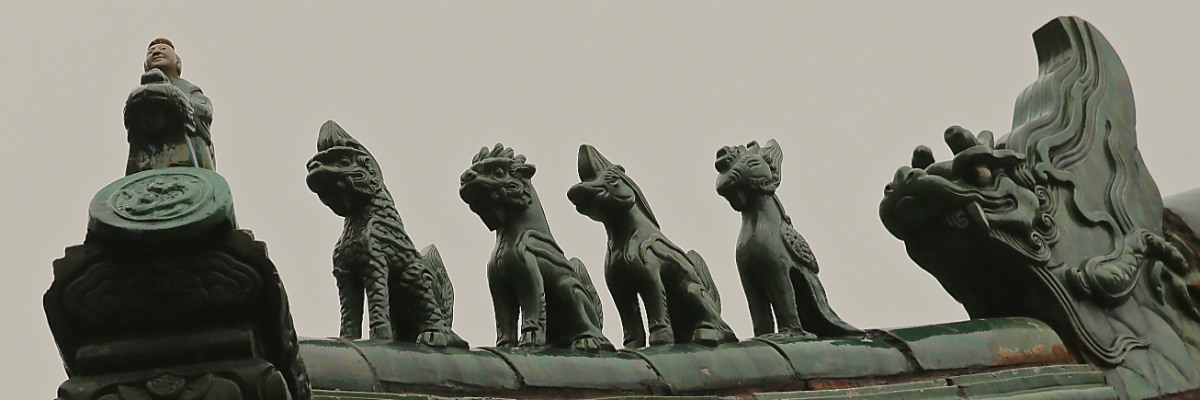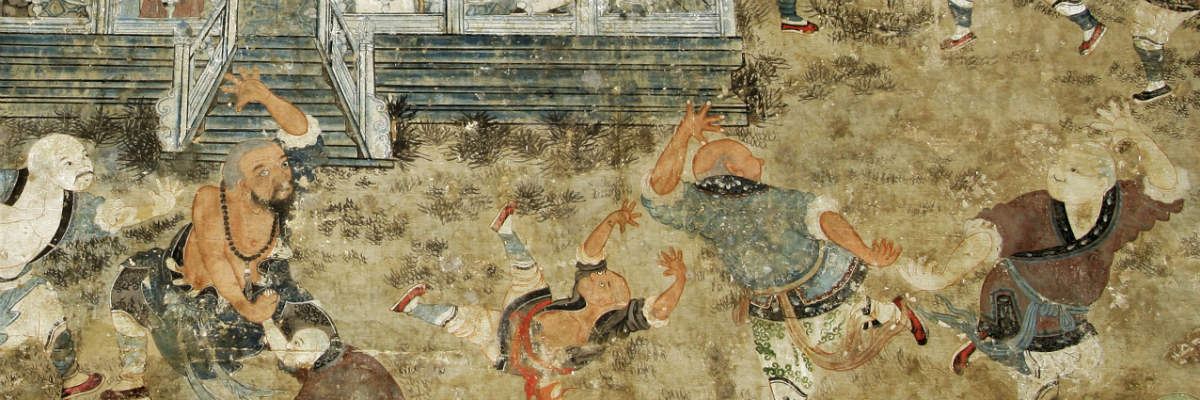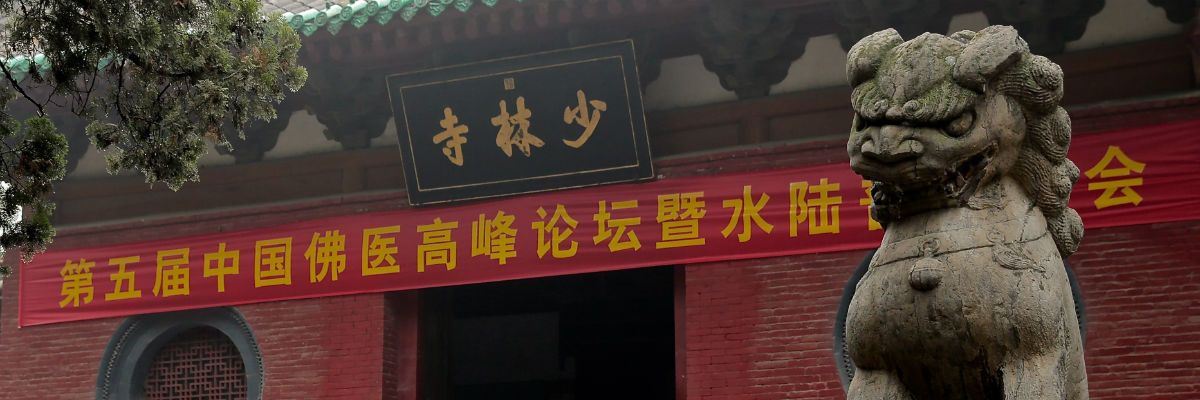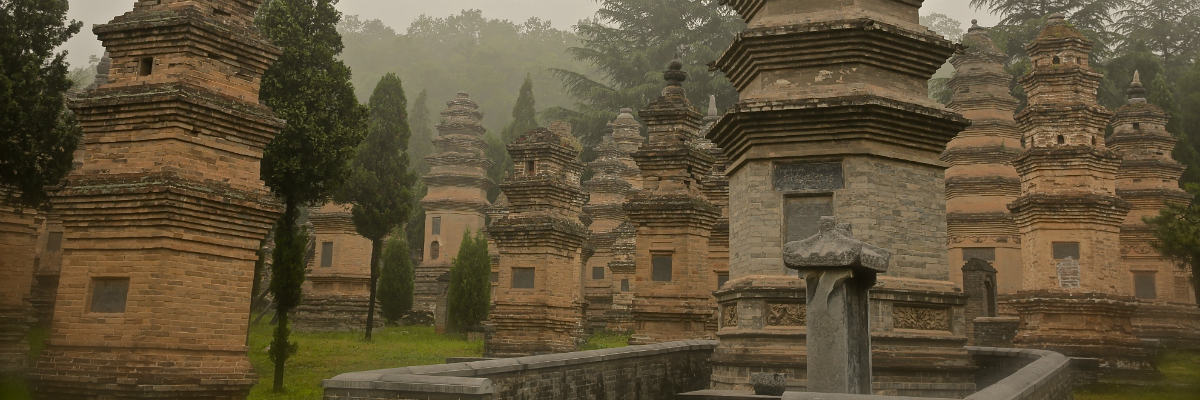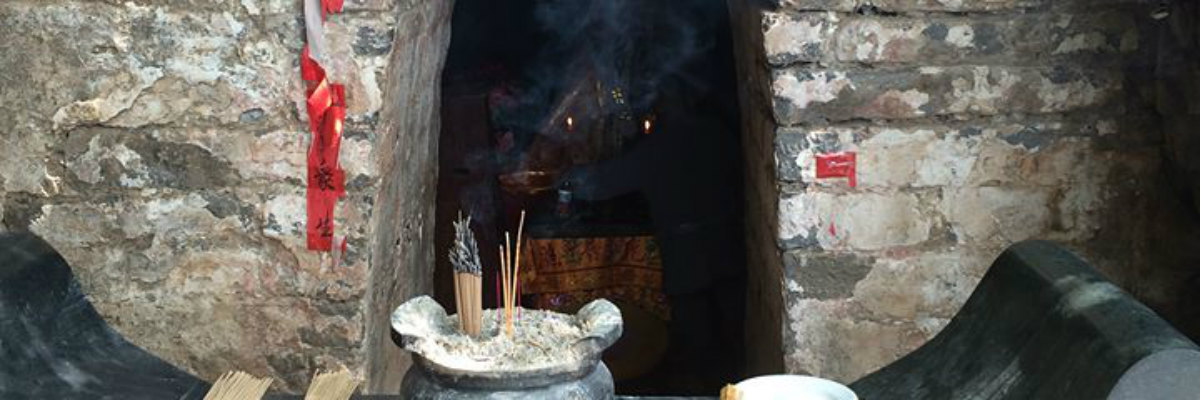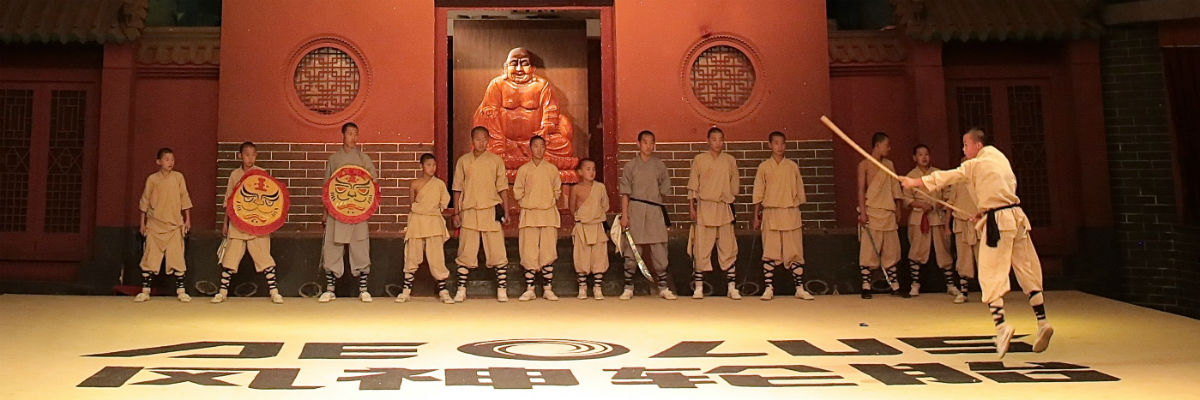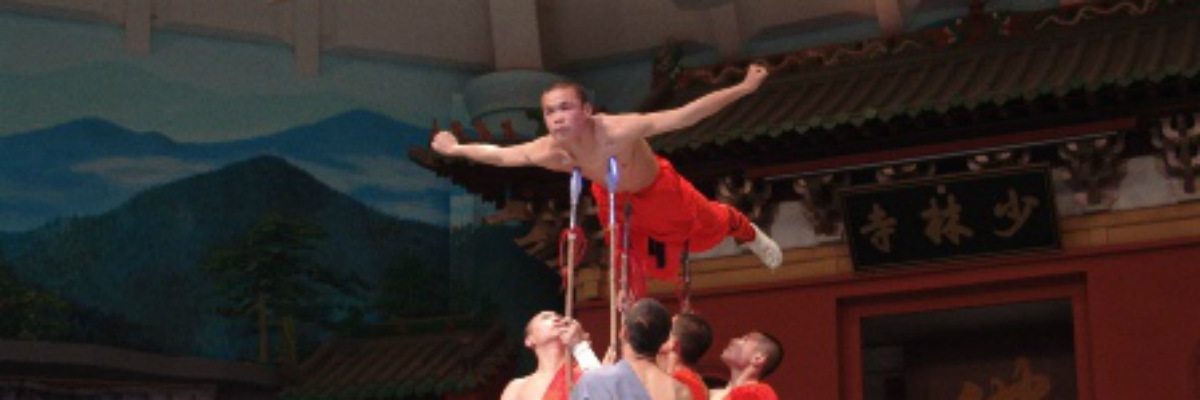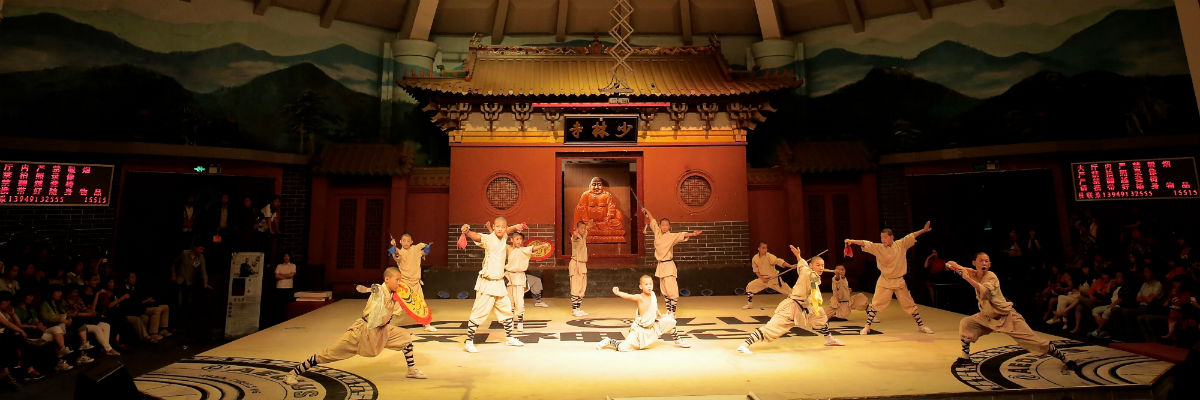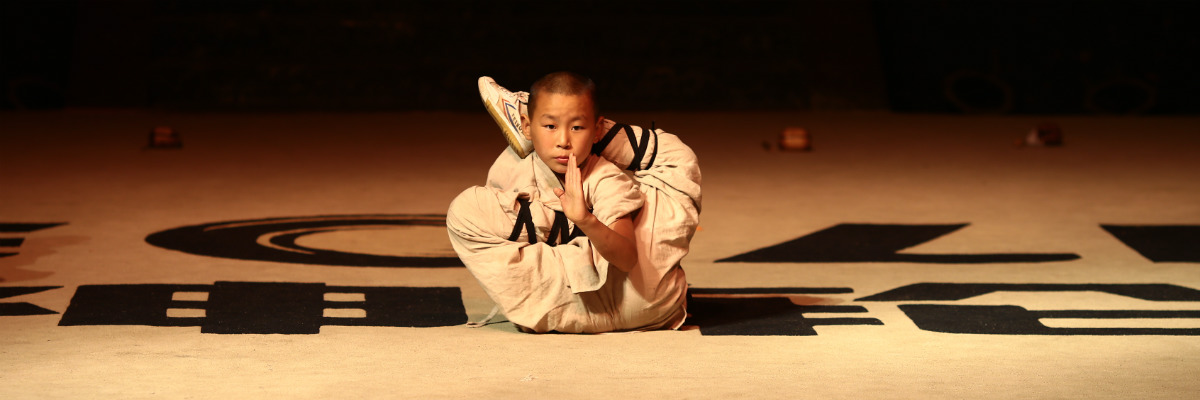Whether you are a martial arts enthusiast, a martial arts movie fan or just plain curious about Shaolin - the name synonymous with the ancient Chinese art of Kung Fu - make it a point not to miss a trip to the Shaolin Temple.
Established in 495 A.D., Shaolin Temple is located in the forests of Shaoshi mountain, west of Songshan Mountain ranges, in the city of Dengfeng at Henan Province. The area is pretty enough even if you don’t fancy martial arts. Within Shaolin Temple are several scenic spots and places of worship you can visit, including the Pagoda Forest and Bodhidharma Cave.
The entrance fee of CNY 110 (US$ 18) includes a one-way golf buggy ride for the long walks you’ll have to make and the Kung Fu show.
Shaolin Temple
The temple is said to have been designed originally to house Batuo (later known as Fo Tuo, or Grand Monk), an Indian monk, who spent many years spreading Buddhism. Later, in 537, another famous Indian monk, Boddhidharma, settled in the temple.
According to legend he developed the bare-hand routine that started the Kung Fu tradition at the temple after meditating in a cave for nine years. In time the Kung Fu routine began to be used for combat, with both the monks and temple, favoured and banned at different times in Chinese history for their roles in battles, with the most recent being the Boxer Rebellion (1899-1901).
The temple buildings are mainly from the more recent Ming (1368–1644) and Qing (1644-1911) era having been rebuilt a few times after devastating fires. Still it is worth a visit as there are relics that have remained in the temple over the centuries.
Enter by the Mountain Gate that was built 1735 and at the Shanmen Hall take note of the simple yet historic entrance tablet. Written in gold against a black background are the characters “Shao Lin Si" (Shaolin Temple), this was done by Emperor Kangxi of the Qing dynasty in 1704 in support of the monks. At the Mahavira Hall or Hall of One Thousand Buddhas are numerous depictions of Buddha. Take care while walking as the floor may be uneven as it’s pitted by holes said to have been left by monks stamping their feet while practicing their martial arts.
Inside, there are more than a dozen halls, including the hall containing a glass case with the Shadow Stone. It is said to be the shadow of Boddhidharma, as hesat facing the cave wall during his nine years of meditation, causing his shadow to become permanently outlined on the cave wall. The wall was in recent years removed from the now sacred cave (Bodhidharma Cave) that is also worth a visit.
The Pagoda Forest
The Pagoda Forest in the same area is also a UNESCO World Heritage Site like Shaolin Temple. It is called a forest as it a cluster of 250 stone or brick pagoda structures built from 791 A.D. during the Tang Dynasty, then through the Song Dynasty, Yuan Dynasty, Ming Dynasty, and Qing Dynasty.
Although referred to as pagodas, the structures built in different shapes and styles, from cylindrical to conical or polygonal, are actually tombs for eminent monks and abbots of the temples. Each pagoda standing between one- to five-storeys and less than 15-metre tall, carries its year of construction and also many carvings and inscriptions on it.
In the centre of the Pagoda Forest is the Yugong Pagoda (Duke Yu Pagoda) that stands at seven storeys tall in a hexagonal brick structure. This is in commemoration of monk Fu Yu, the most famous abbot of the Zhongxing Shaolin Temple in the Yuan Dynasty. After he passed away, the Yuan emperor granted him the title of duke and he remains the only duke monk in the history of the Shaolin Temple.
Bodhidharma Cave
The Bodhidharma Cave is not within the Shaolin Temple compound, but at the top of the central peak of Wuru Peak, northwest to the monastery. This is where Bodhidharma, who developed Kung Fu, sat in meditation for nine years.
This cave can be visited and it is about seven metres deep and three metres high. Inside the cave are three stone statues, with Bodhidharma sitting in the middle and his two disciples flanking him. You will notice a trough of 1 metre high and 0.60 metres wide – that is where the Shadow Stone came from.
A large 12-metre white marble statue of Bodhidharma can be found at the top of Wuru Peak.
Shaolin Kung Fu School
There is a Shaolin Kung Fu School is within the temple compound. The students at this centre perform at the Kung Fu show that is put up daily. This is also where those who want to learn more about Kung Fu can spend a day or more immersed in the art. While tourists are more than welcome, this is a working school so don’t expect any frills during the immersion which can last from a day to a year, starting from US$100 including meals and lodging.
If you don’t have the time or energy to throw a few moves, the young men who spend their days training will gladly show you how. Top off the visit to Shaolin with the Kung Fu performance held at regular timings each day starting from 9.30am for morning shows, and 2pm for the afternoon shows.
In 30 minutes, you will get to witness the different disciplines of Shaolin Kung Fu including the unarmed style of Shaolin Boxing and also the Shaolin Stick. Although dressed as monks, the Kung Fu presentation is by skilled performers from the Kung Fu school on the temple grounds.
One of the most impressive performances is the Tongzigong, children’s Kung Fu. It is a form of qigong exercise that require a lot of flexibility. This must be picked up at a very early age and practised before the body matures.
Getting there
The Shaolin Temple area is just fifteen minutes from the town of Dengfeng, and about two hours by road from Zhengzhou, the provincial capital of Henan. It’s also an easy trip from Luoyang by road with the area serviced by National Highway No. 207.
Getting to Dengfeng is easy with a taxi or by bus as these run from Zhengzhou and Luoyang, quite regularly. The bus fare costs about CNY20-24 (US$3-4) if leaving from Zhengzhou or Luoyang, while in Dengfeng, buy your ticket on the minibus which departs from the West Bus Station on Zhongyue Dajie just west of Songyang Zhong Jie. A taxi from Zhengzhou to Dengfeng will cost about CNY400 (US$65).

